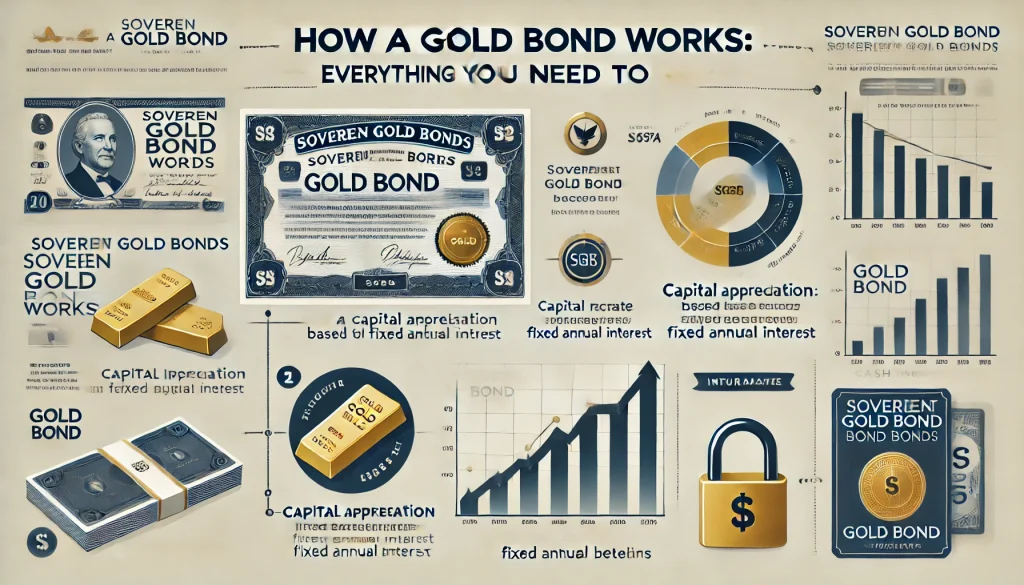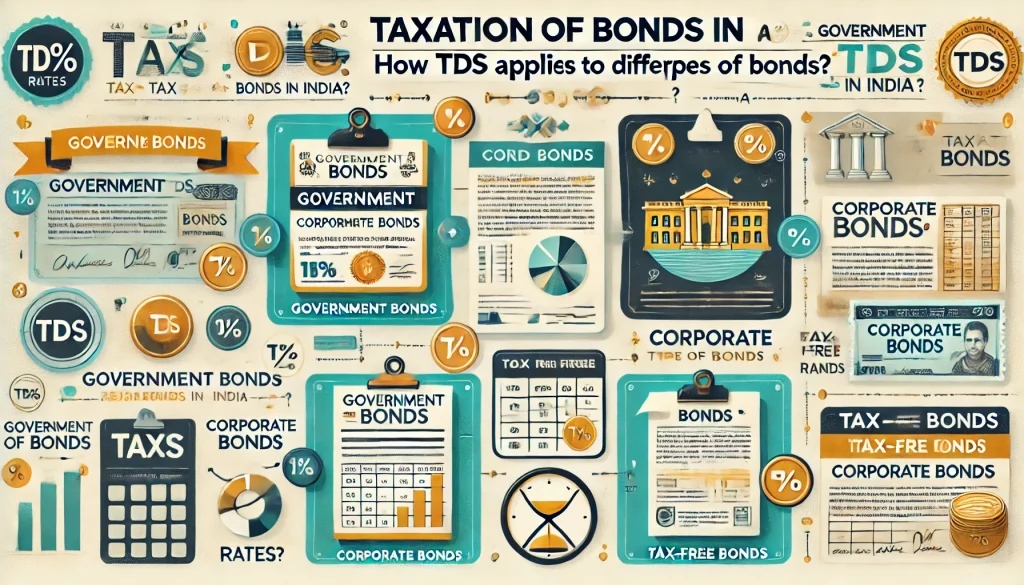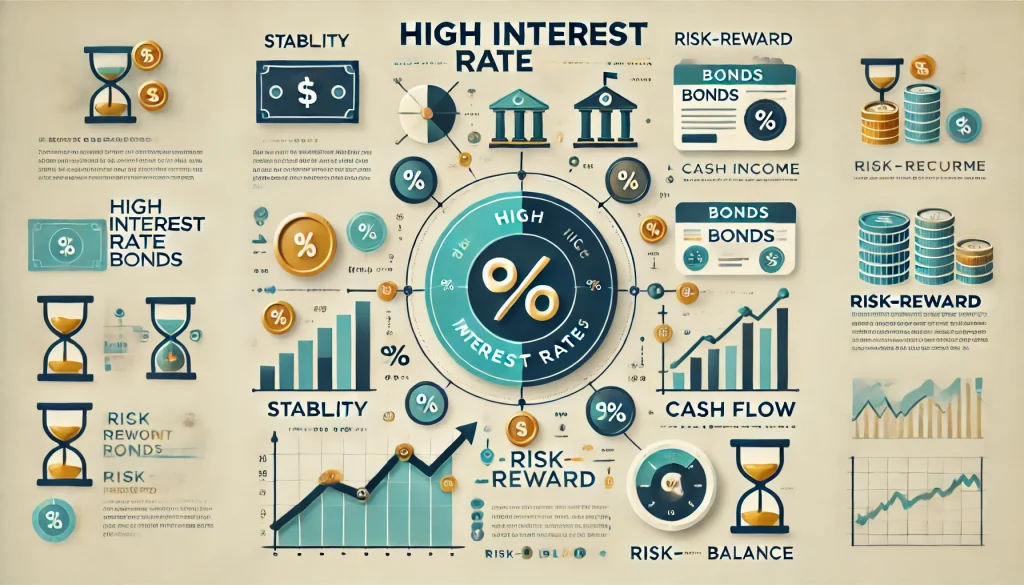
The primary purpose of issuing bonds for any organisation is to raise capital in the form of a loan. Bonds could be of various types such as government bonds, public sector bonds, tax-free bonds or corporate bonds including convertible and non-convertible bonds.
Here in this article, we have discussed more on convertible bonds, their types, features, benefits, limitations and much more. Read along to get further insight about the same.
What are Convertible Bonds?
Convertible bonds are a type of hybrid security which is a combination of a debt instrument and equity. It gives an investor the right to convert the bond into equity shares of an issuing organisation. Similar to other corporate bonds, it offers investors a predetermined tenure along with an option of periodic interest payouts, also known as coupon payments.
Thus, an investor can continue to earn interest from the bond until and unless he chooses to convert it into equity shares. The value of equity shares and quantum is predetermined and remains constant.
After conversion, a bondholder becomes an equity shareholder of the company. In case an investor does not opt for conversion, he/she continues to receive interest payouts and receives the bond face value on maturity.
Types of Convertible Bonds in India
There are various types of convertible bonds available in the market which are as follows:
1. Vanilla Convertible Bonds
Vanilla convertible bonds are one of the most popular convertible bonds in today’s financial landscape. In this, an investor receives a right to convert his/her bonds into a predetermined number of equity shares at a predetermined price on the maturity date.
A Bondholder receives coupon payments during the bond tenure and withdraws its nominal value on maturity.
However, if the stock price of the issuing company rises during tenure, the bondholder can exercise his right to convert it into shares and sell them to make sizable gains.
2. Mandatory Convertible Bonds
It is a type of convertible bond where bondholders have an obligation to convert their bonds into equity shares at maturity. Unlike vanilla bonds that come with a conversion option, these bonds have a conversion requirement at a specific price.
3. Reverse Convertible Bonds
This type of bond provides the issuer with the right or option either to convert the bond into equity shares or purchase back the bond in cash at a set conversion price upon reaching maturity.
Features of Convertible Bonds
Here are some of the features of convertible bonds:
- Bonds are convertible and the number of equity shares is predetermined. Therefore, the number of shares a bondholder is entitled to receive in exchange for a bond is known as a conversion ratio.
- Bondholders are entitled to coupon payments which are the annual interest received from bonds and these are dependent on the market interest rates.
- The conversion price of a convertible bond is the predetermined price at which the company allots its shares to bondholders.
Advantages of Convertible Bonds
A convertible bond comes with certain benefits, some of which are discussed below.
- Bondholders receive a regular income from fixed coupon payments, which is generally higher than dividends received from company stocks.
- Bondholders get to participate in the stock value appreciation. They can convert a bond into equity shares when the stock price rises.
- It helps bondholders to mitigate the downside risk of the stock. Suppose that even if there is a significant drop in share prices, the bond price will still have the same value along with recurring fixed income.
Disadvantages of Convertible Bonds
Here are some of the limitations of convertible bonds, which are as follows:
- Convertible bonds are low-yielding as compared to other regular bonds, as they provide the conversion benefit.
- In case a bondholder chooses to convert bonds into equity shares, the number of outstanding equity shares increases leading to a dilution of existing share value.
Who Should Invest in Convertible Bonds?
Convertible Bonds are ideal for those investors who can patiently wait until maturity to gain the proceeds. It becomes further attractive when a company is currently undervalued and is expected to grow shortly.
Investors should have a good understanding of the market trends and conditions before making any significant investment in convertible bonds. A basic understanding of the market conditions helps them to analyse the associated risk and convert the bonds accordingly.
What is the Right Time to Convert?
Conversion of the bond into equity shares can lead to sizable gains if you can time the market perfectly. However, there is no such right time for conversion. The primary objective should be to purchase the convertible bonds of an undervalued company with tremendous growth potential.
Moreover, bondholders must not forget about the ascending face value of a bond along with a rise in its stock price. As these are directly correlated with each other. If the coupon payment along with the bond’s ascending face value is less than the market price of the predetermined number of equity shares then a conversion can be appropriate.
Conclusion
To conclude, convertible bonds are one of the flexible hybrid investment options available in the market. However, coupon rates of a convertible bond are comparatively lower than regular straight bonds or other similar fixed-income securities.
To avail the most from its conversion facility, one must have enough experience and understanding regarding the capital market and its trends. If you do not possess enough knowledge or understanding, it is a better option to invest in pure fixed-income securities such as regular straight bonds or fixed deposits.
FAQs
Any corporate entity can issue convertible bonds for financing. Usually, a corporation with a low credit rating along with high growth potential often comes up with convertible bonds.
Unlike other bond types, the biggest risk factor associated with a convertible bond is the equity risk.
Usually, the coupon interest of a convertible bond is lower than a regular straight bond as it offers the option to convert it into equity shares.
The window for conversion for a convertible bond becomes active after a certain point of time which is specified at the time of issuance.
In a mandatory convertible bond, investors do not have a choice but to convert into equity shares, unlike other convertible bonds. Issuance of these types of bonds demonstrates that the corporate entity is confident that its equity share price will rise shortly.


